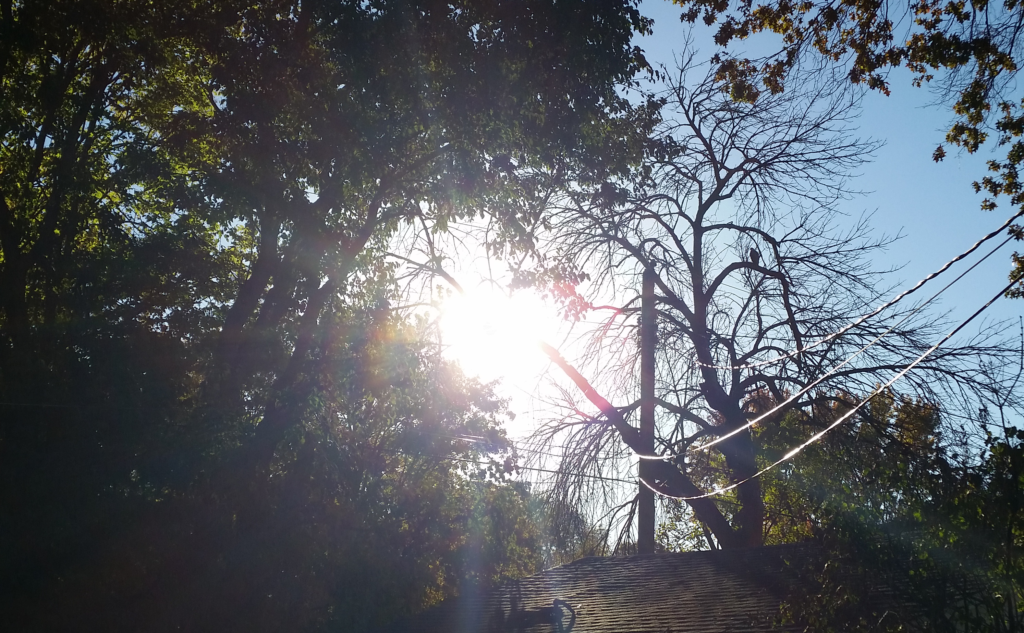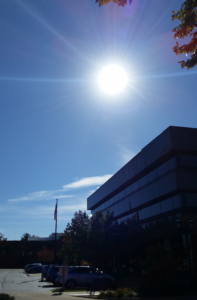While renewable energy technologies have made tremendous strides in recent decades, financing and investment options for those who want to go green have remained scarce. The Clean Energy Credit Union (CECU), chartered by the American Solar Energy Association in 2017, aims to fill this gap.
It’s about time for some innovation on the financing side of Clean Energy; after all, it’s not as if this is a fringe industry. Even the World Economic Forum concluded in 2016 that solar and wind power would soon be the preferred choice for large-scale energy systems and small-scale clean energy technologies are providing increasing options appropriate for individual buildings and personal residences (On this topic, I recommend John Farrell’s report, “Is Bigger Best in Renewable Energy?”).
Of course, clean energy could be deployed even faster through public policies such as direct purchases, financial incentives and supportive legal frameworks, but in the US, there is a messy public policy patchwork which varies from state to state and administration to administration. Luckily, Illinois has some fairly progressive initiatives designed to encourage development of and equitable access to clean energy, and within Illinois many cities and local areas even have smaller-scale clean energy programs, like Solar Urbana-Champaign, a bulk purchase program for clean technology. However, the transition to a sustainable economy for everyone requires more than improved technology and sensible public policy; we need financial mechanisms aligned with this goal. In particular, we need financial institutions that can channel our savings into investments in clean energy, including loans to ordinary people.
Unfortunately, conventional financial institutions offer only limited options for consumer loans for clean energy technologies. In many cases, given the relative novelty of clean energy systems, a lending institution simply does not have enough knowledge and experience to estimate the risks—and volatile political policies do not help. As a result, lenders often charge higher rates and require a gold-plated credit history.
Some banks and lending institutions have responded to the growing market and begun to offer consumer loans for clean energy project and products, often targeting subsidies and incentives where available. This is a welcome development, but far from universal and subject to political winds in Washington, D.C. and every state.
This also still leaves out people who do not own a home or vehicle but would still like to support and invest their savings in clean and renewable technology in local communities. While wealthy and more sophisticated investors may be able to invest their savings in clean energy through private equity markets, these opportunities are out of the reach of many.
In response to this financing bottleneck, the American Solar Energy Society decided to simply create its own bank. After several years of intense effort, the Clean Energy Credit Union (CECU) received its federal charter in 2017 and began operations in 2018. In a recent talk at the Solar 2018 conference in Boulder, Colorado, CECU Co-founder Blake Jones explained that the CECU is a full-fledged federally chartered credit union, and its deposits are insured just like every other credit union. The difference from other credit unions is that CECU is a mission-driven not-for-profit, with a mission focused solely on lending for clean energy.
“If you ask us for a loan for an electric car,” Jones remarked, “we’ll give you the best deal anywhere. If you ask us for a loan for a gas-guzzling SUV, sorry. We don’t do that.”
This clean energy mission also means that if you deposit savings with the CECU, you know that your money will be lent out for clean energy projects. Even if you don’t need a loan today, you can put your money to work helping other people boot up clean energy. (Of course, you must join ASES to be eligible to invest in the CECU, but if you are serious about a clean energy future you would probably do that anyway.) In a recent email exchange, Jones describes one more way that the CECU may be important: it wants to be a model and a teacher for any credit union that wants to get into lending for clean energy.
I asked Jones what we can do to spread this model to our local area, besides joining ASES and the CECU.
Jones replied, “Over the long run, CECU’s goal is to set a positive example for other credut unions and banks throughout the U.S., and to proactively seek partnerships with other credit unions and banks, to get them comfortable with and/or teach them how to do clean energy loans. By asking your local lenders if they offer clean energy loans like the ones that Clean Energy Credit Union offers, this can help encourage them to pay attention to this important and growing market and sector of the economy.” This means that, as member-owners, we can encourage our own credit unions to learn about and increase clean energy lending here in Central Illinois, and the CECU is ready to help.
In summary, the CECU offers three potential wins for our community: accessible loans for clean energy projects, a simple and safe way to invest in clean energy, and potential collaboration that would help local credit unions invest in clean energy.
Disclosure: The author is a longtime member of the American Solar Energy Society. He has no financial or other connection to the Clean Energy Credit Union.
For more information:
Recommended Reading
1. Andrew Belden, Steven Clemmer, and Kathryn Wright, “Financing Clean Energy: Cost-Effective Tools for State Compliance with the Clean Power Plan,” Cambridge, MA: Union of Concerned Scientists, 2015.
2. John Farrell, “Is Bigger Best in Renewable Energy?,” [Minneapolis?]: Institute for Local Self-Reliance, 2016.
3. Blake Jones, “Clean Energy Credit Union: Financing the Clean Energy Movement,” Boulder, CO: Clean Energy Credit Union, 2018.
4. “Renewable Infrastructure Investment Handbook: A Guide for Institutional Investors,” Geneva: World Economic Forum, 2016.
Robert E. McGrath is a retired software engineer from Urbana. He blogs regularly about whatever interests him. (https://robertmcgrath.wordpress.com/). He recently self-published a book, What is Coworking? (https://whatiscoworkingthebook.com/). He has been a member of the American Solar Energy Society since the 1980s.



